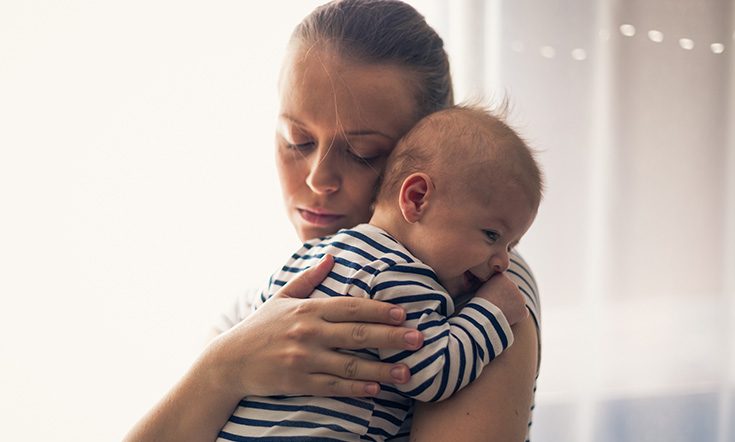

Controlled crying or controlled comforting or modified controlled crying/comforting, is a controversial topic that has some passionate opposition. But for every passionate opposer you will meet someone who says that it saved their sanity and is behind their child’s excellent sleeping habits.
To be clear, controlled crying is not about shutting your baby in their room and leaving them to cry it out. Cry-it-out is another way some, but fewer these days, advocate. Controlled crying and all the other strategies that involve leaving your baby to cry alone for short, set periods of time before going to comfort them are also known as extinction’ methods. Based on not responding to a behaviour so it stops. The purpose of controlled crying/comforting or modifications of it, is to teach your baby to stop calling for you and to try to put themselves to sleep, rather than relying on you to being there to soothe them to sleep and back to sleep.
Controlled crying/comforting is divisive because of the crying involved. It is thought that high levels of stress can interfere with the baby’s brain development and ability to manage stressful situations later in life. It is also believed that if a baby is crying and is not picked up then it will induce feelings of abandonment and confusion. In 2012 a study found that even though babies of as young as 4 months old slept for longer periods after controlled crying, their biological stress indicators showed that they continued to have elevated stress hormones circulating in their body while sleeping after the controlled crying.
There have been a number of research papers that report controlled crying/comforting has unreported or no negative impact on children whose parents used controlled crying with them as babies. There are also studies that show maternal mental health is improved when babies sleep for longer periods after implementing controlled crying/comforting.
However, there are also papers on parents who they find it really challenging to do controlled crying/comforting because it goes against their gut instincts. Additionally studies on responding to and comforting distressed babies be it at sleep time or not, are plentiful and show the long and short term social and emotional benefits of synchronised and responsive care giving.
There are those who swear by it and those who vehemently oppose controlled crying or any extinction based method. There is no question that embarking on controlled crying can be stressful for both parent and baby.
New research based in Australia, just released in May 2017, has shown that parents who were encouraged to offer comforting to their babies at sleep time, did in fact, increase total baby sleep time and at the same time the circulating stress hormones of babies reduced. This is helpful for those who have been told that the only way to ensure their baby sleeps for longer, is by not responding to them. Researcher Helen Stevens from Parent Infant Consultants states that controlled crying or modifications of it are a personal choice for families and no one should tell parents what they should and shouldn’t do, however this new research adds to empirical information for those who are interested. . You can read more about the study here.
Note; Controlled crying or comforting or modified controlled crying or comforting are not recommended for any infant under the age of 6 months according to almost all the research. It is very important to speak with your your GP or MCH Nurse if you are considering using controlled crying/comforting to ensure you are following expert guidelines and that you are doing it safely.
A good way to decide what is best for you and your family is to make an informed decision, so have a look here for some information on sleep here.























